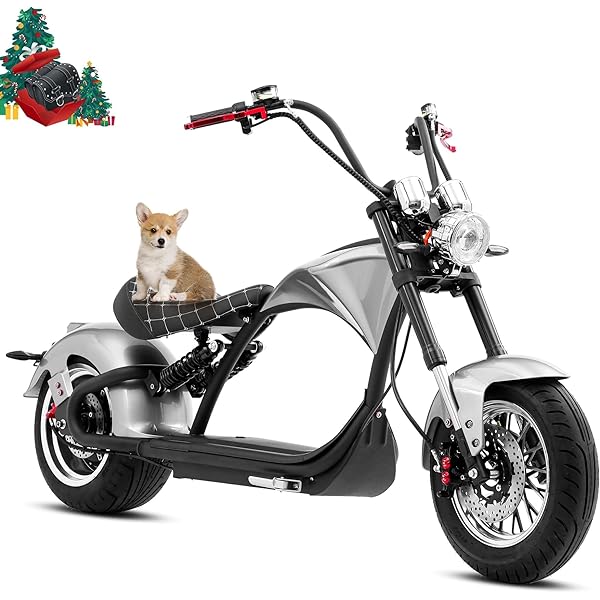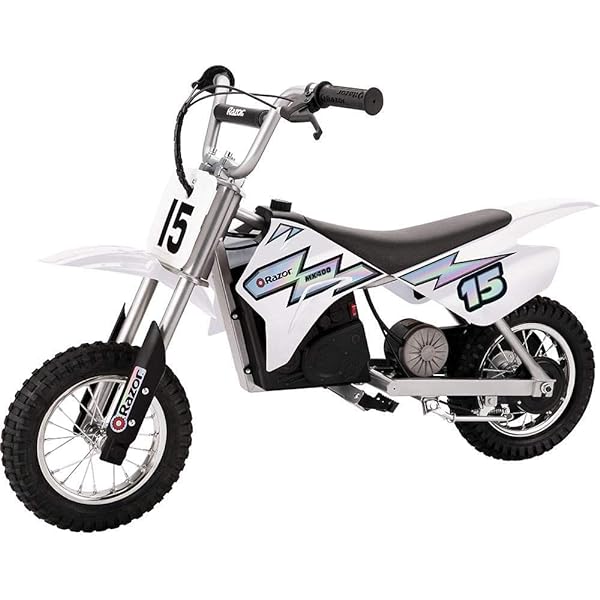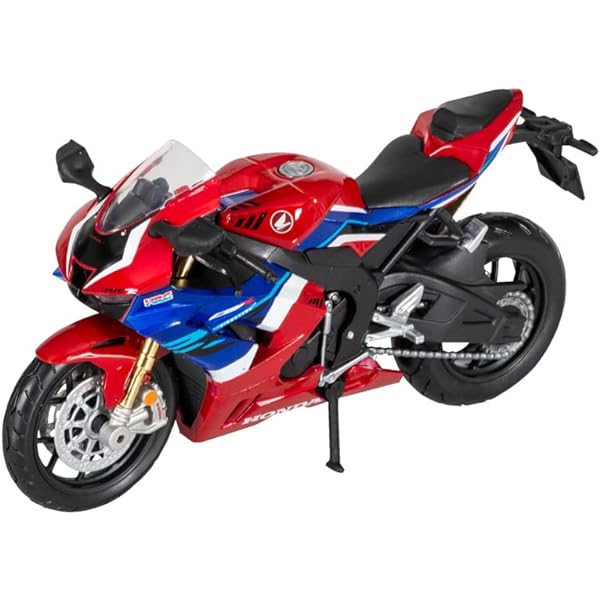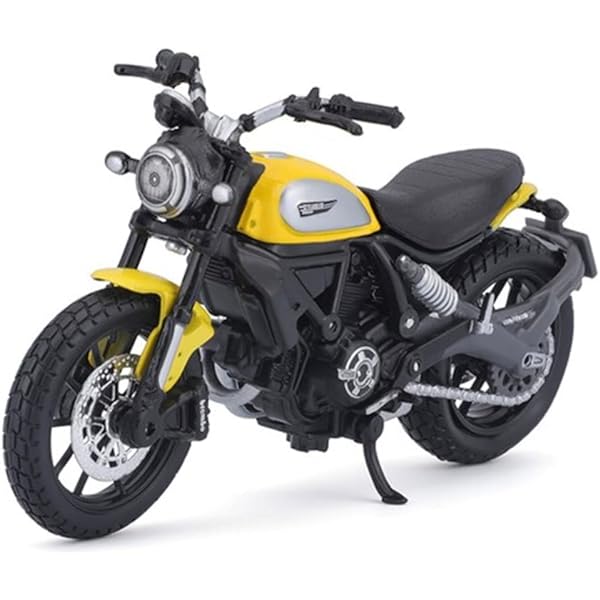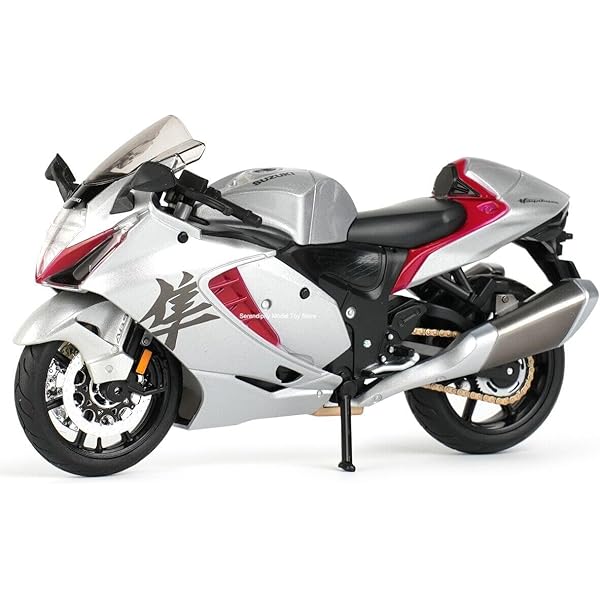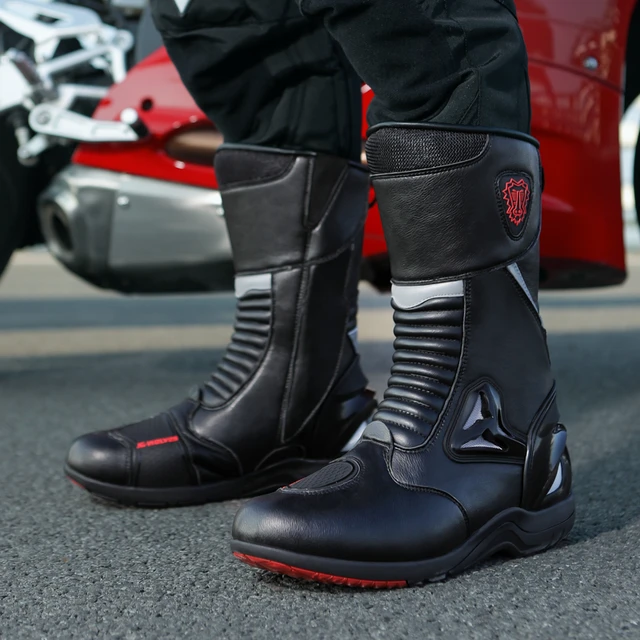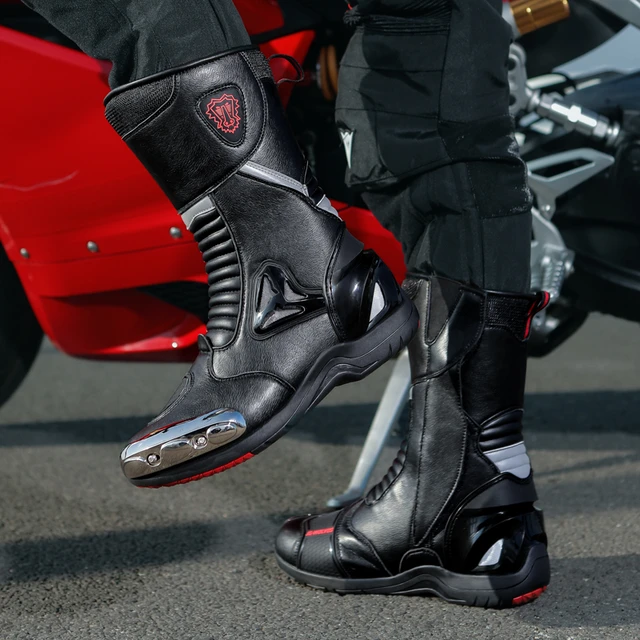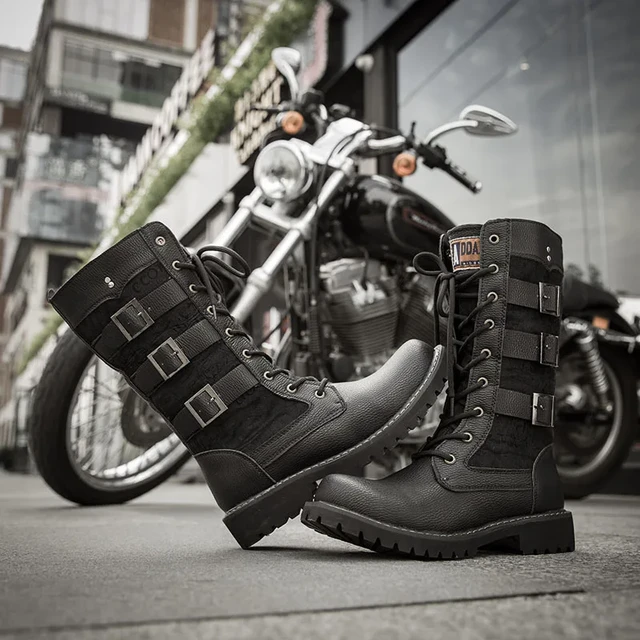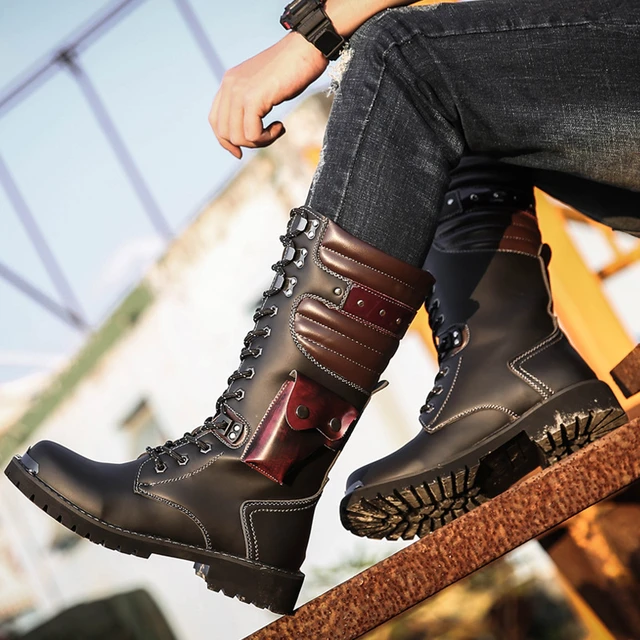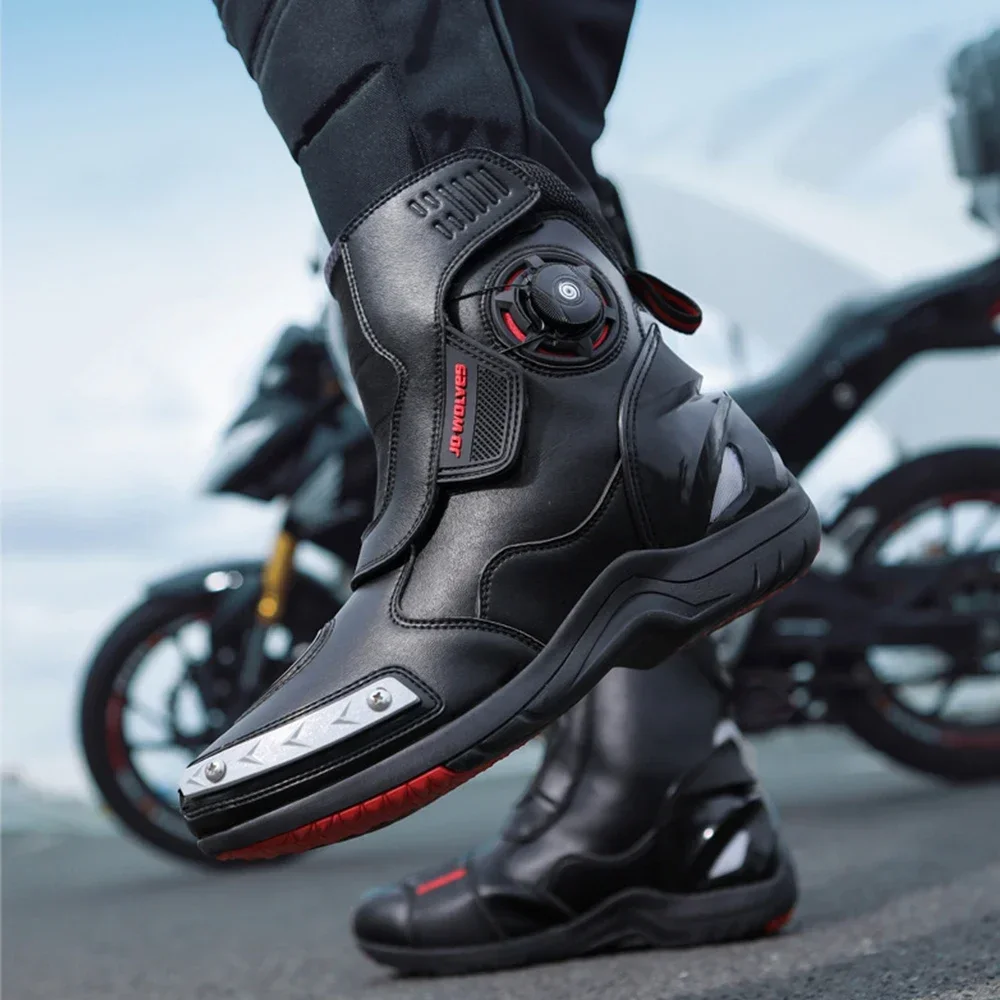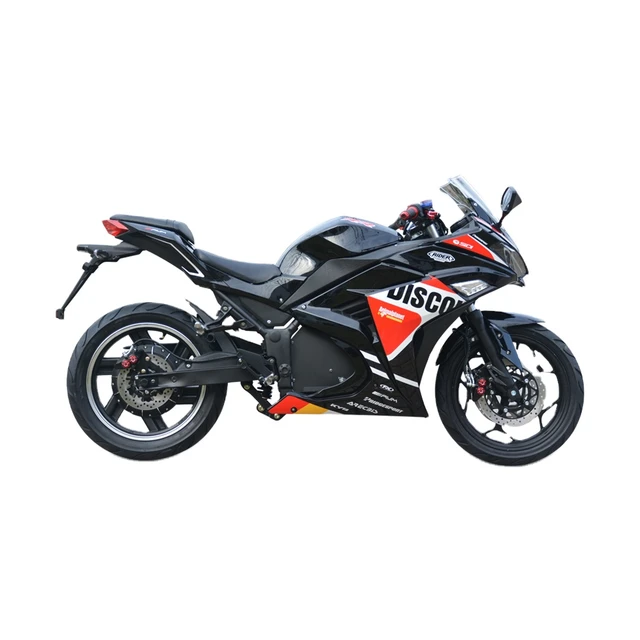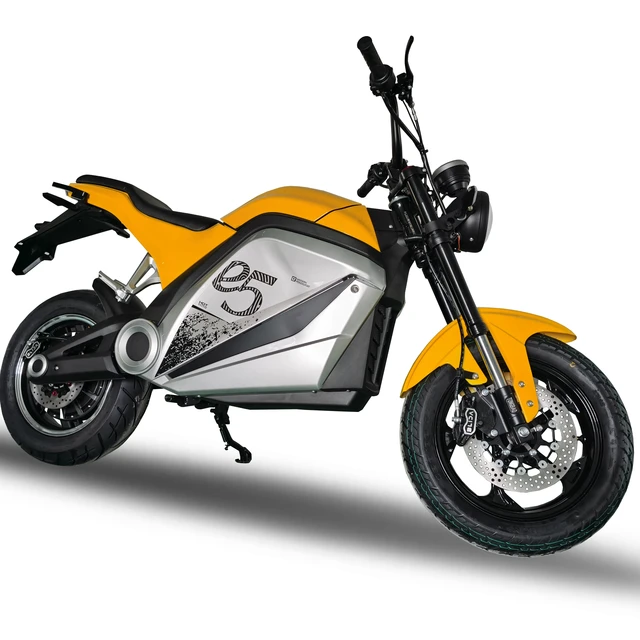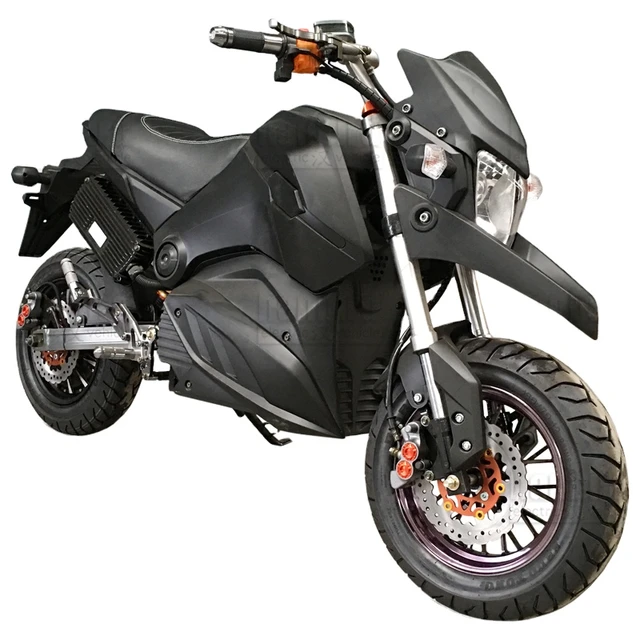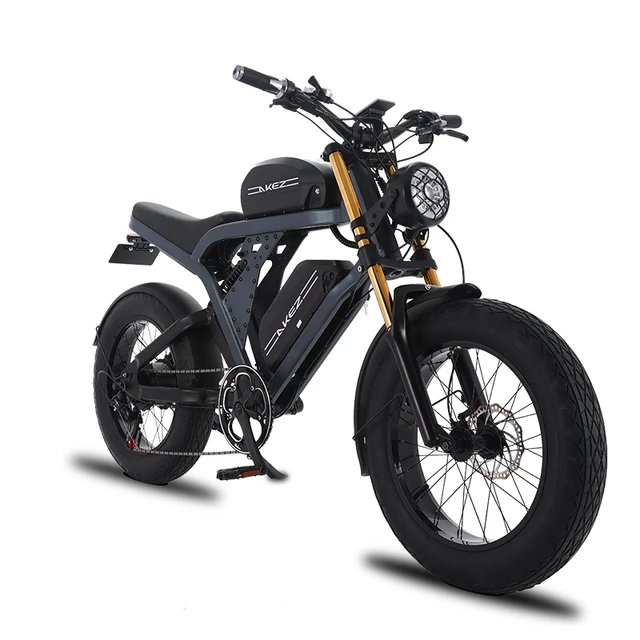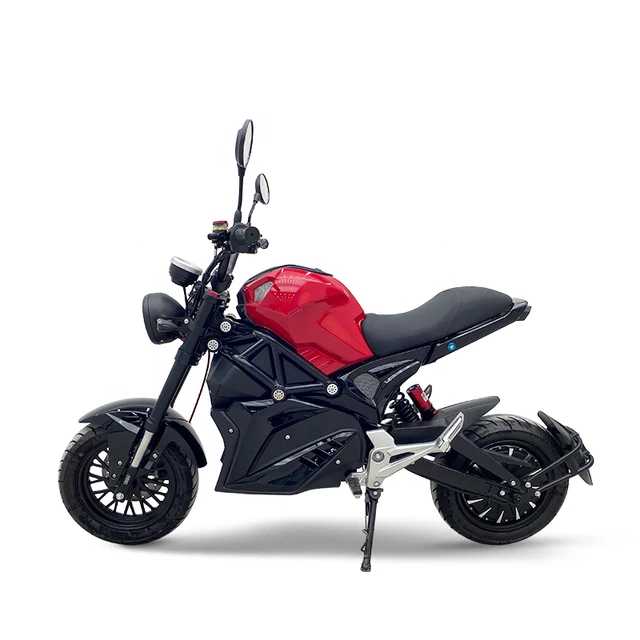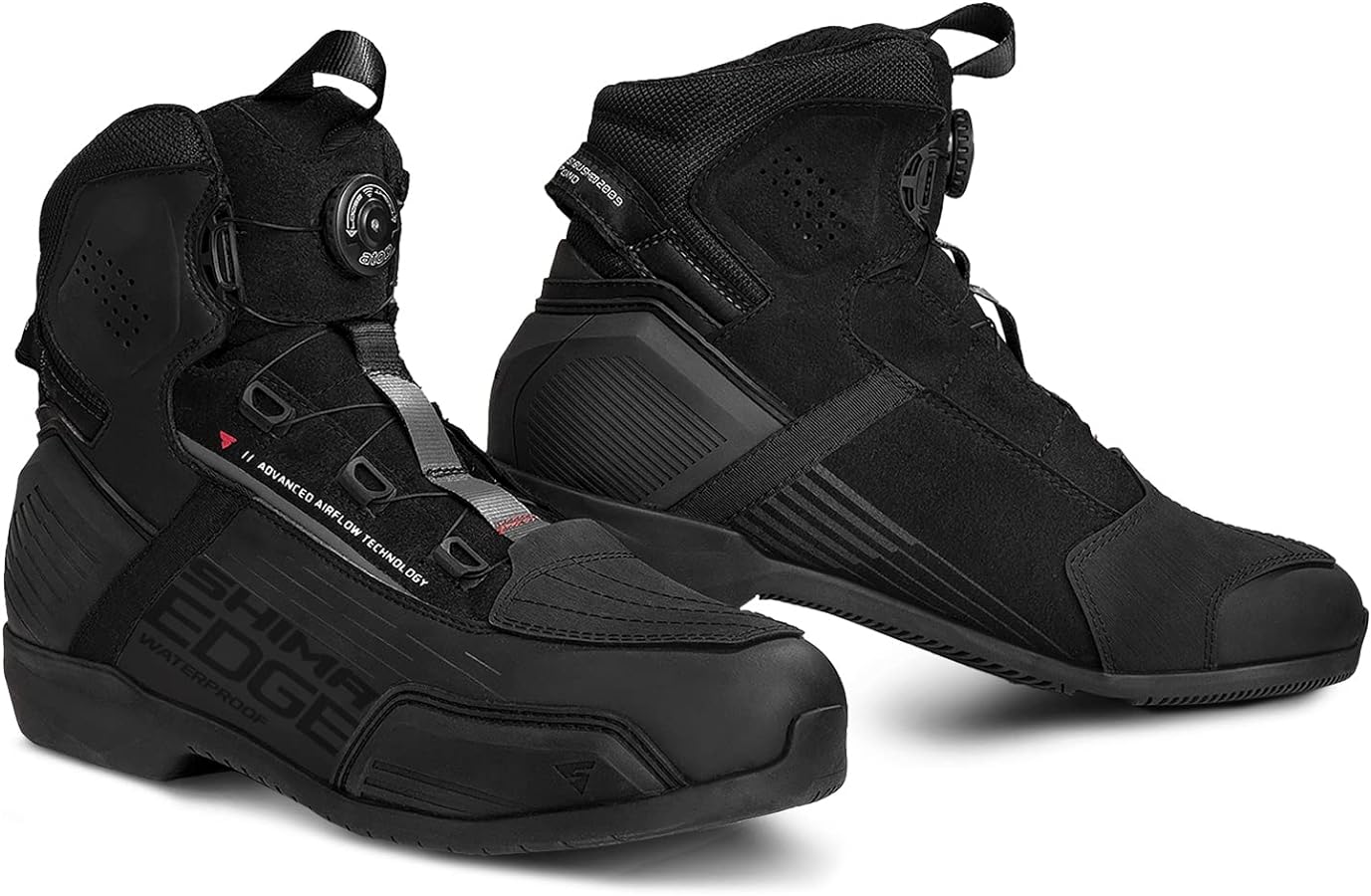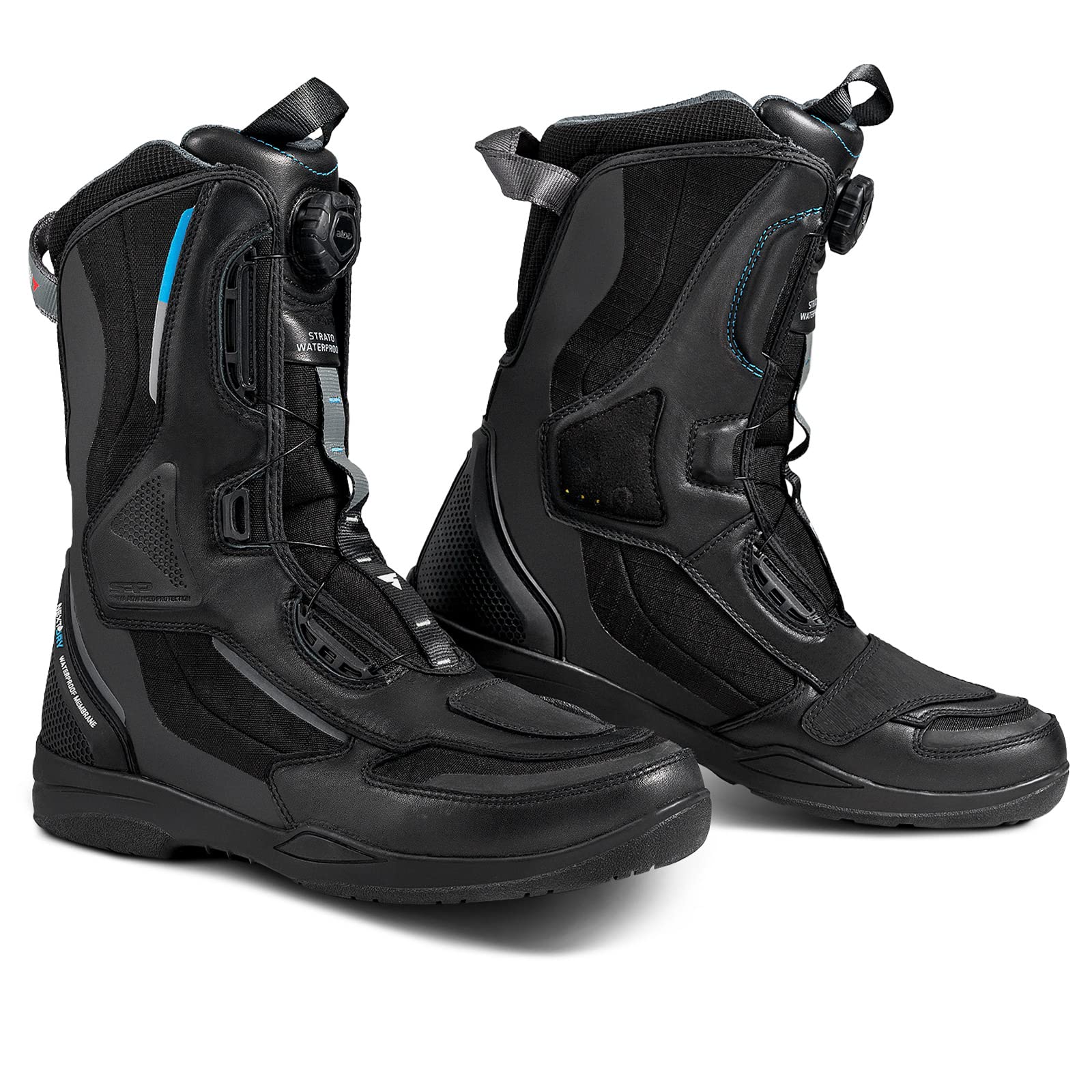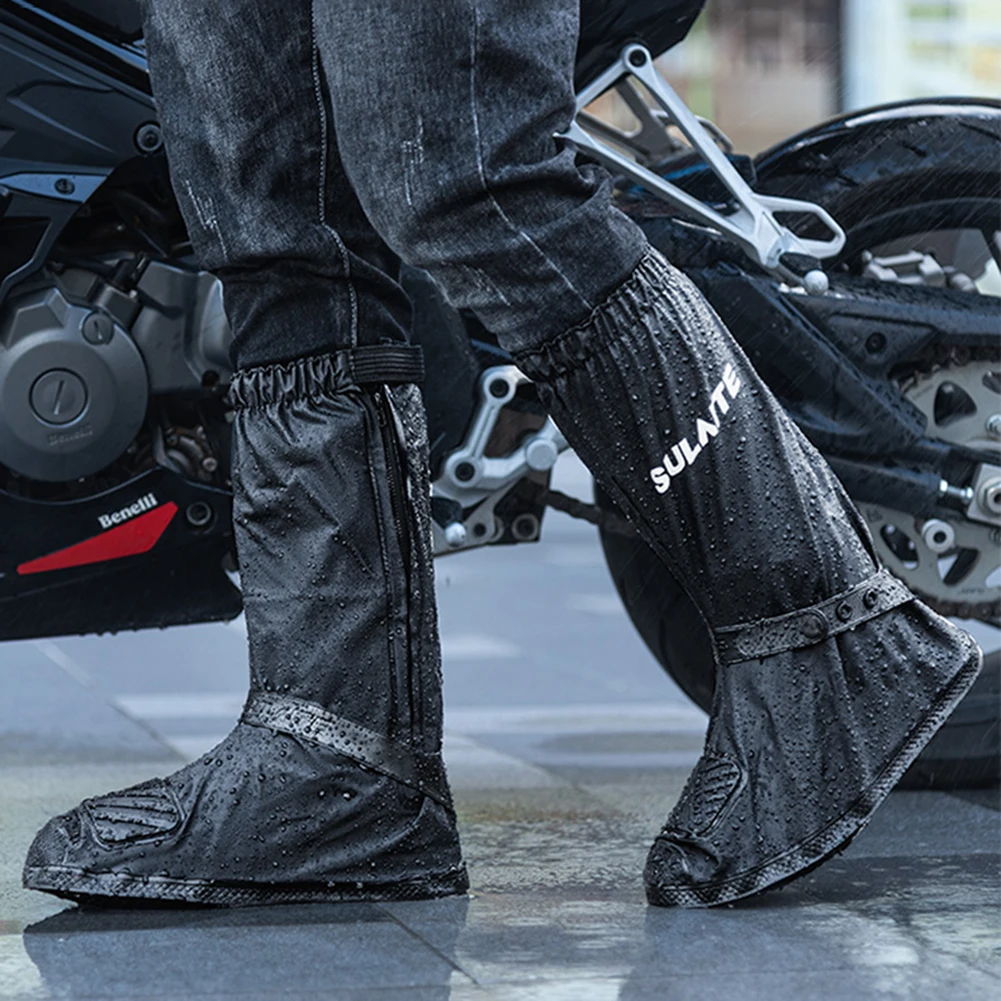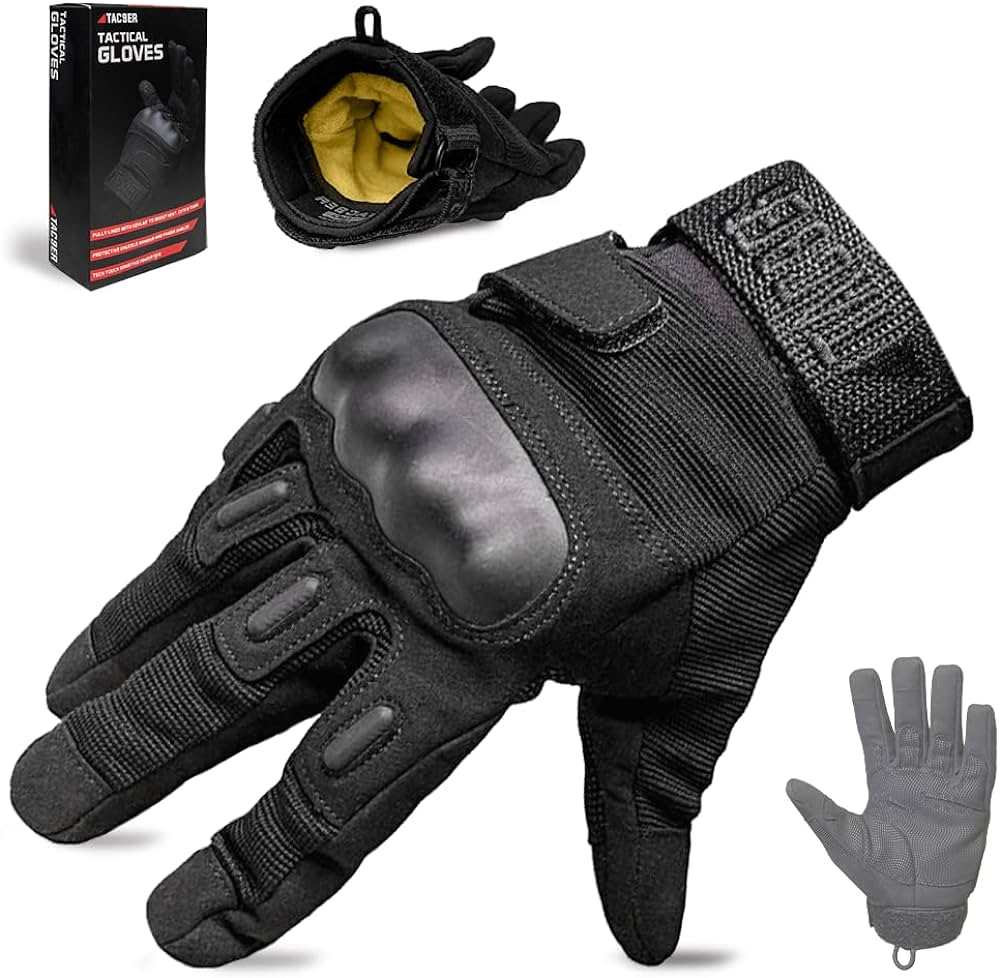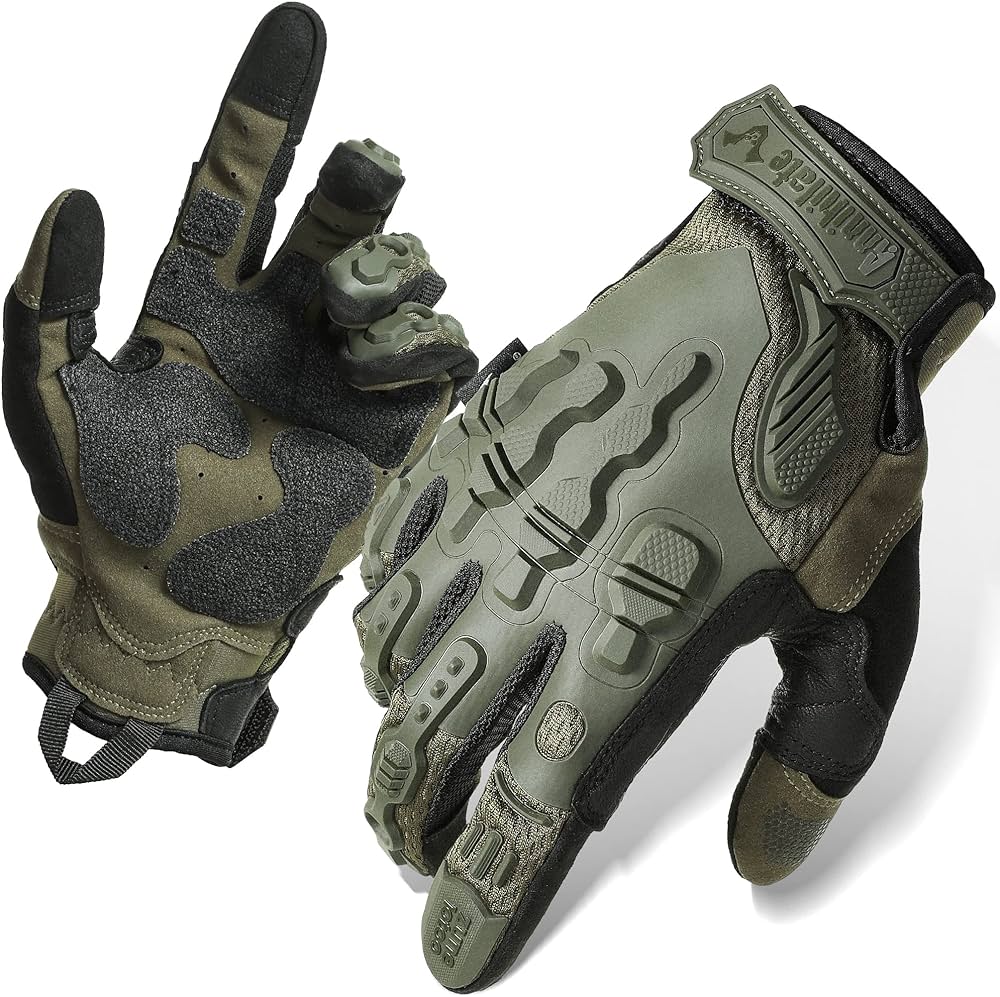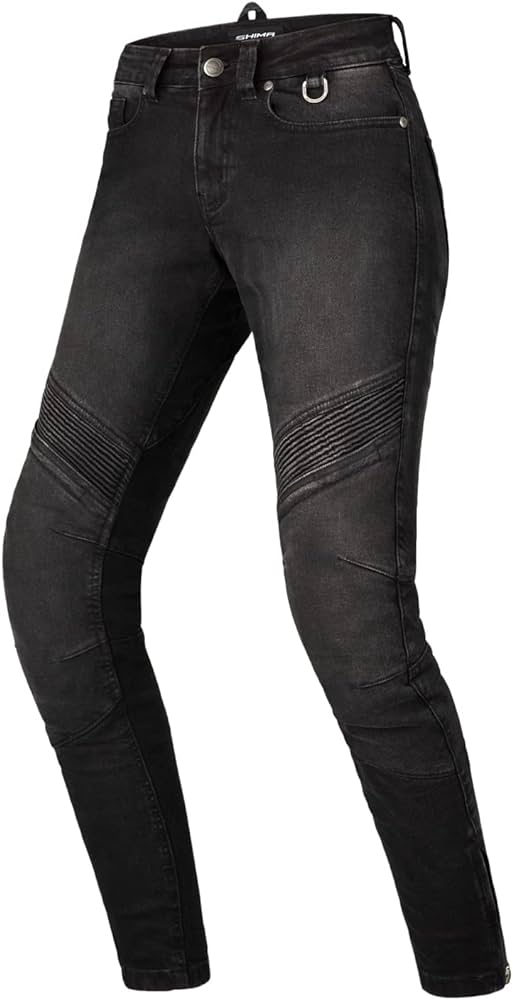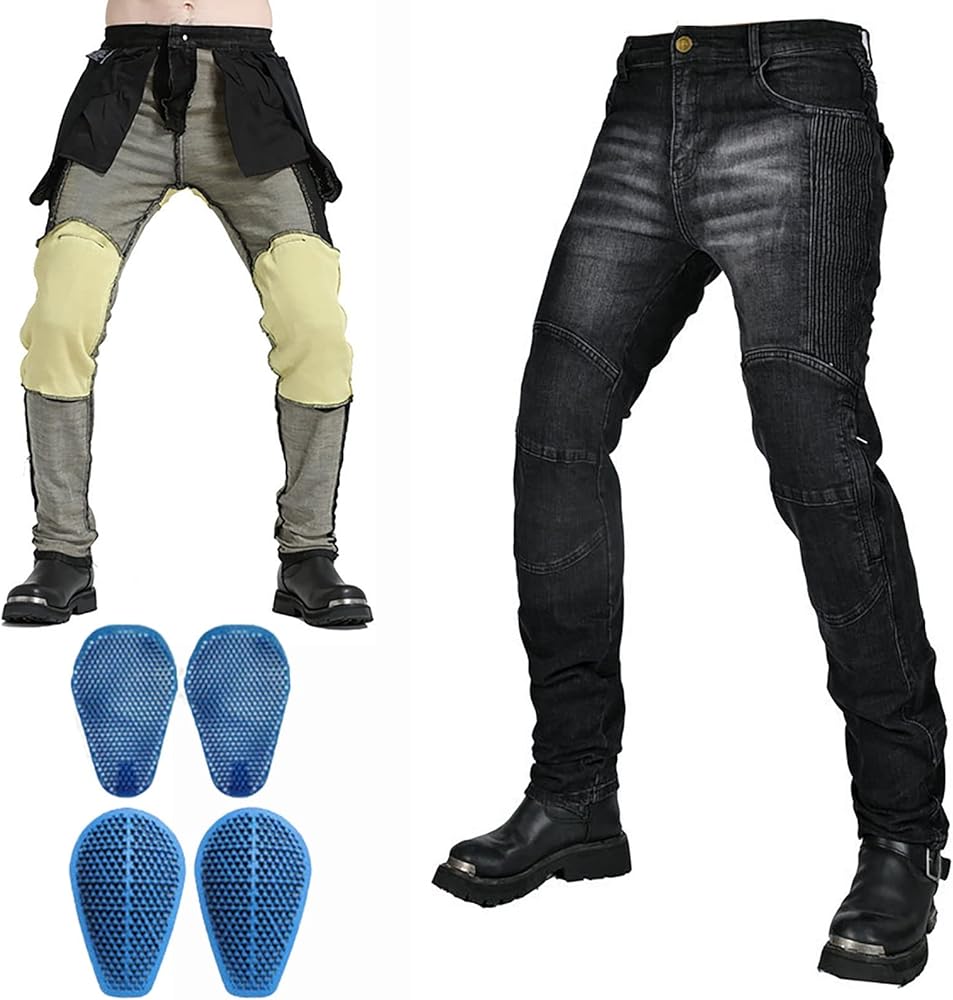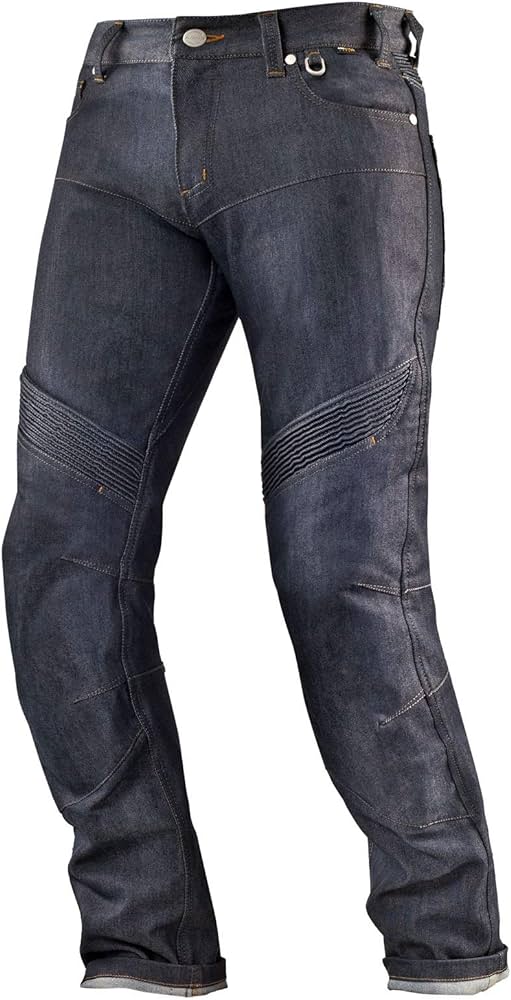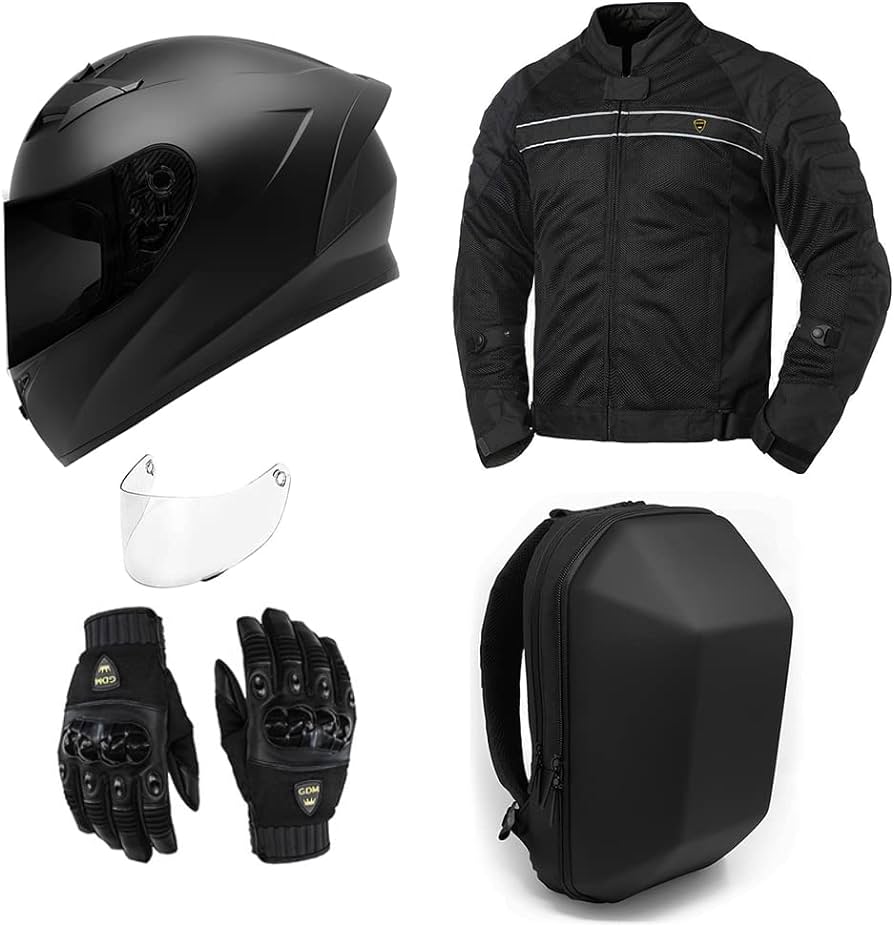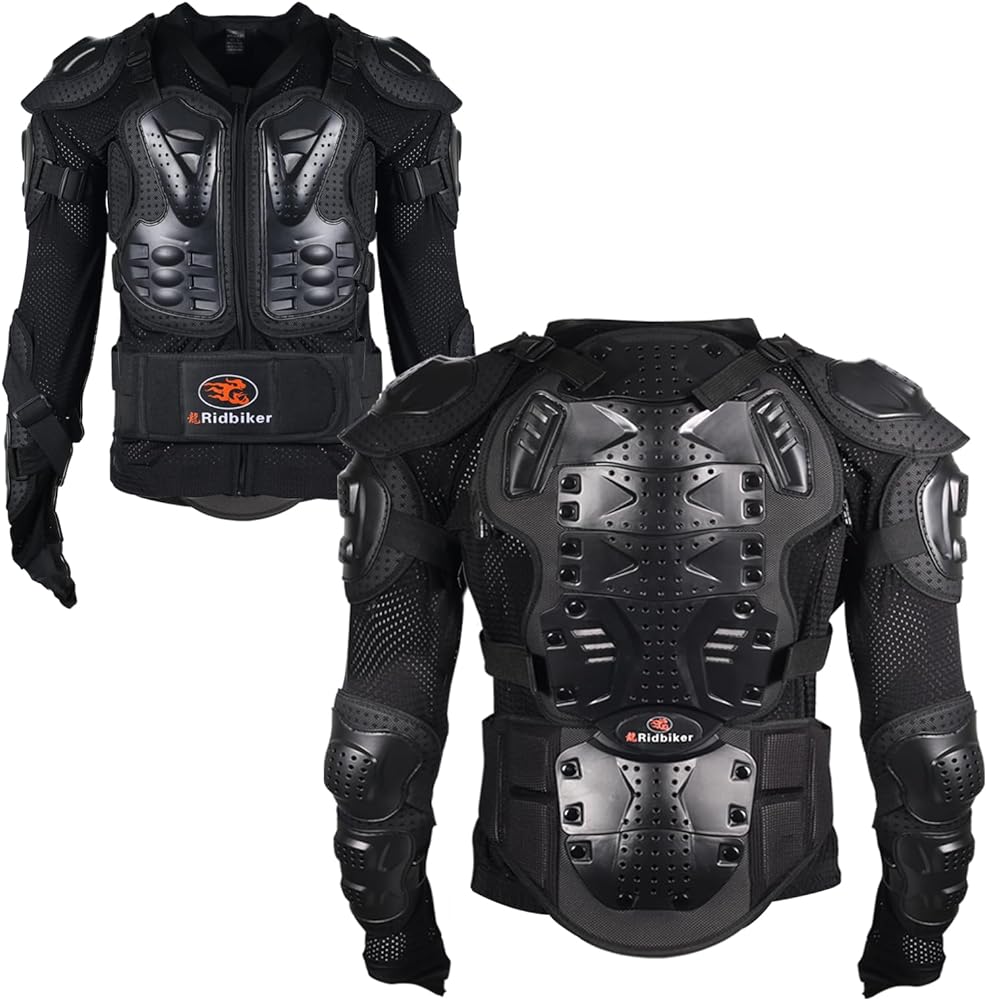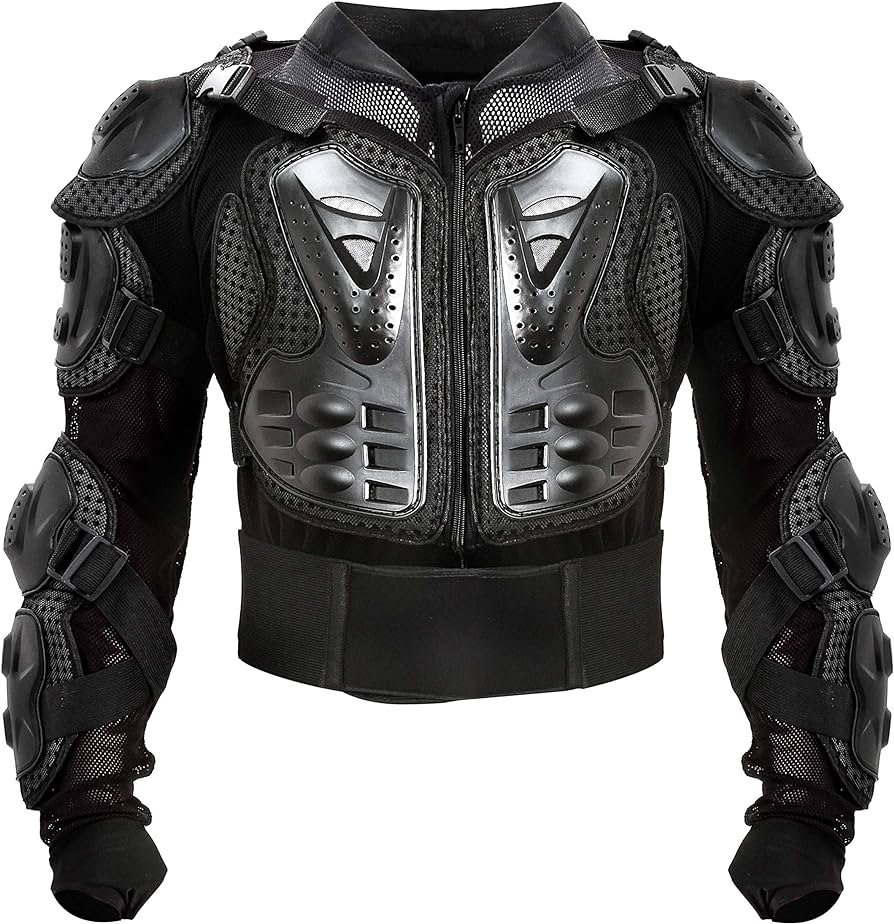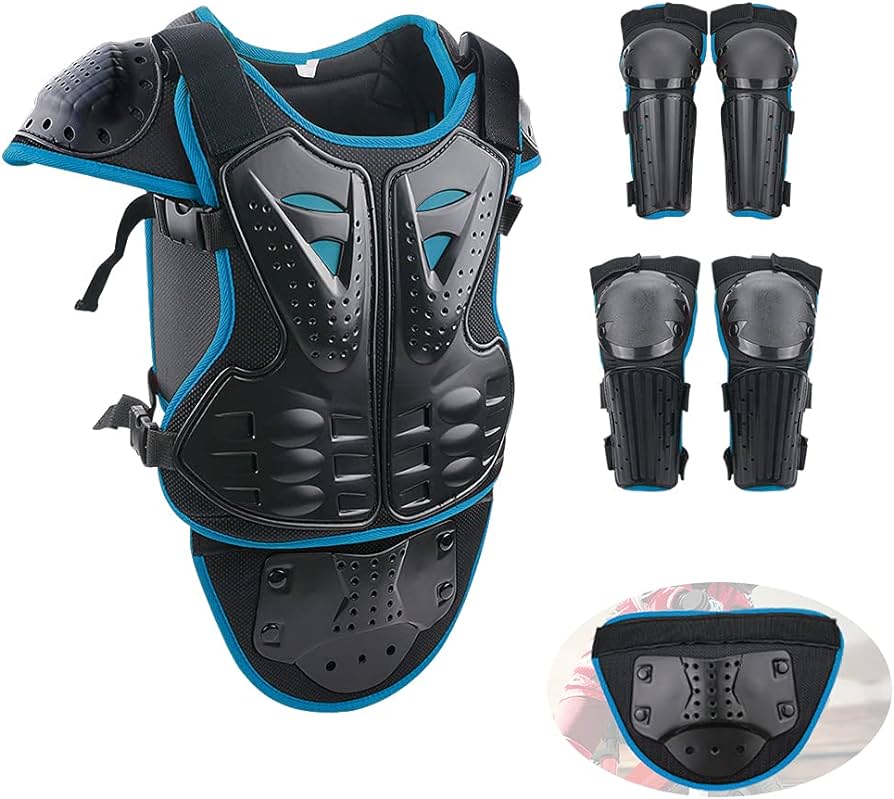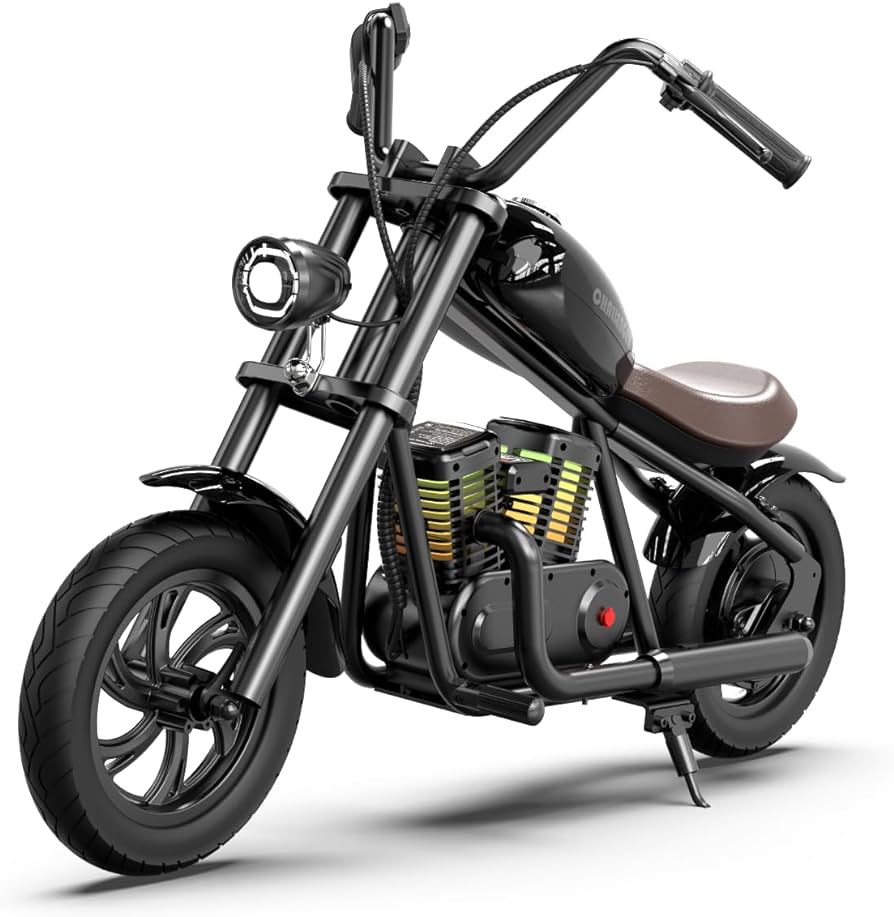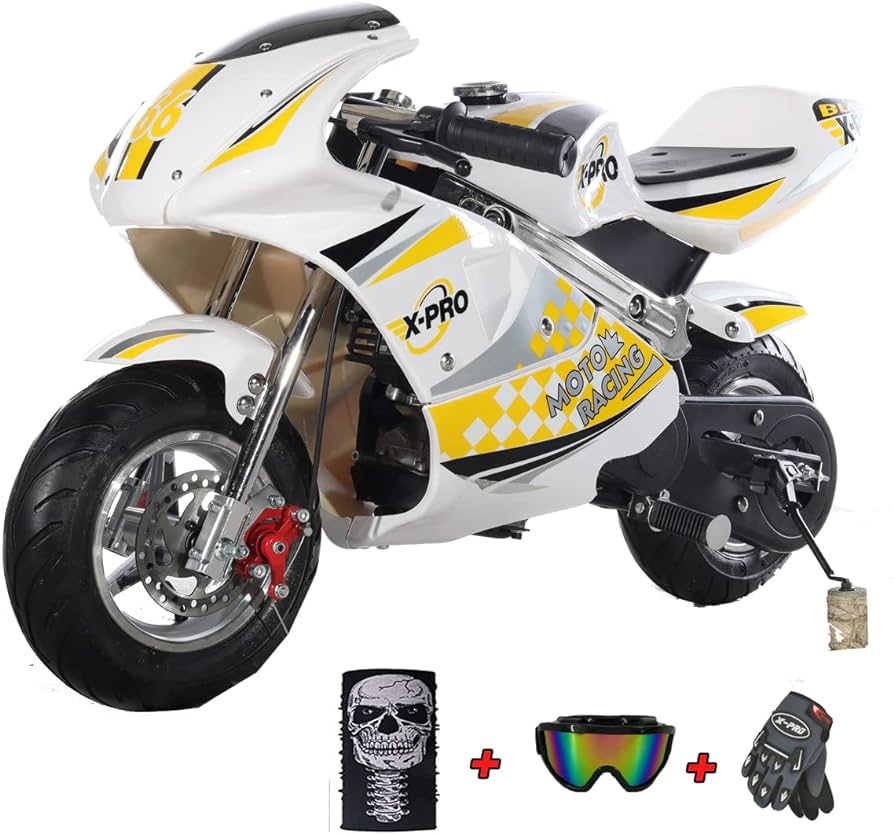Introduction
Learning to shift gears is an essential skill for any motorcycle rider. Proper shifting techniques ensure smooth acceleration, efficient power transfer, and overall control of the bike. In this comprehensive guide, we will delve into the intricacies of motorcycle shifting, exploring the step-by-step process and highlighting key considerations. From the basics of clutch control to understanding gear engagement and mastering shifting techniques, this guide will provide specific details to help you become proficient in shifting gears on your motorcycle.
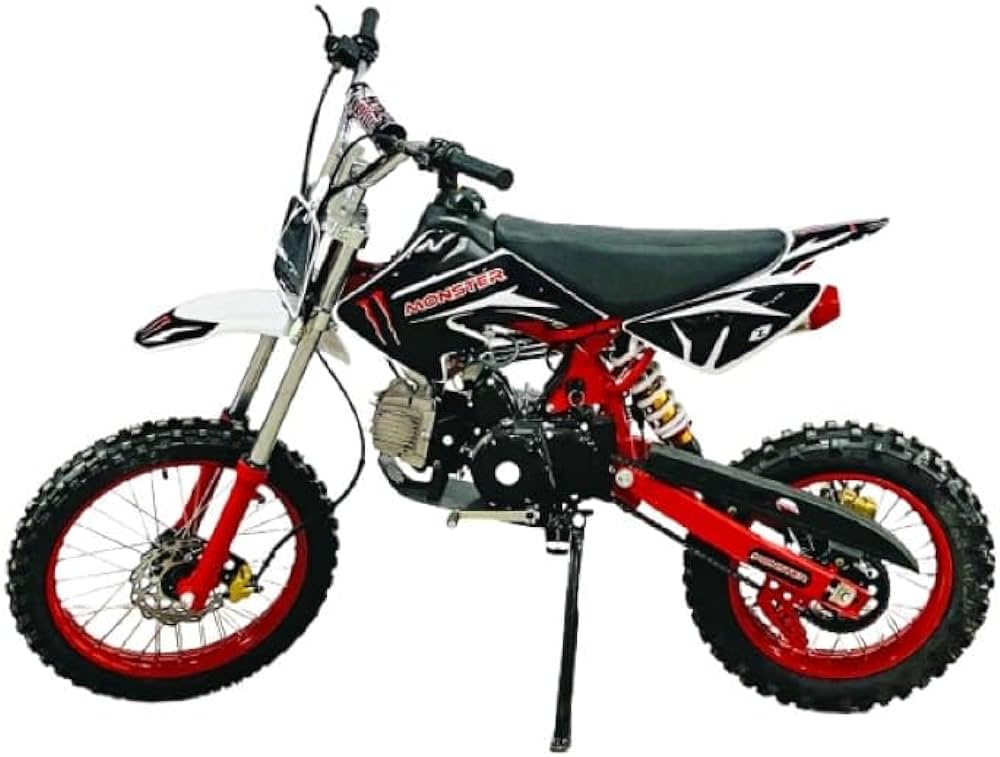
Mastering Motorcycle Shifting: A Comprehensive Guide
I. Understanding the Basic Components
-
Clutch Lever:
- The clutch lever is located on the left handlebar of the motorcycle. It engages and disengages the clutch, allowing for gear changes. Pulling the lever in fully disengages the clutch, while releasing it gradually engages the clutch.
-
Gear Shift Lever:
- The gear shift lever, also known as the shift pedal, is located on the left side of the motorcycle, typically positioned in front of the left foot peg. It is used to shift up or down through the gears.
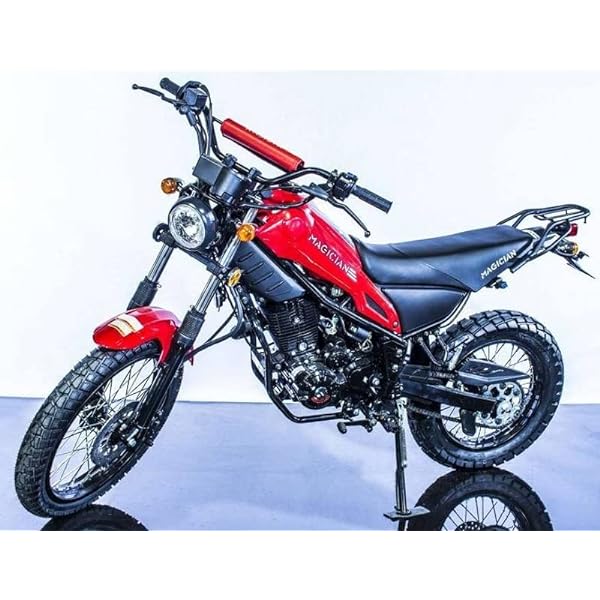
II. Shifting Sequence: From Neutral to Higher Gears
-
Starting in Neutral:
- The neutral gear is the resting position between gears and is denoted by the “N” on the gear indicator. Start your motorcycle in neutral by ensuring the gear shift lever is in the middle position (vertical). With the clutch disengaged, start the engine.
-
Engaging First Gear:
- With the engine running and the clutch lever pulled in, gently press down on the gear shift lever with your left foot to engage first gear. The gear shift lever will move downward from its neutral position. Keep your left foot on the shift lever to prevent accidental shifts while you prepare to release the clutch.
-
Smooth Release of the Clutch:
- As you gradually release the clutch lever, you will feel the friction point—the point at which the clutch engages and the motorcycle starts to move forward. Release the clutch slowly while simultaneously applying slight throttle to avoid stalling the engine.
-
Shifting to Higher Gears:
- Once the motorcycle is in motion, gradually increase speed before shifting to a higher gear. To shift up, use your left foot to press firmly on the gear shift lever, lifting it upward. This will move the lever into the next gear position. Continue adjusting the throttle and releasing the clutch smoothly as you shift through the gears.
III. Shifting Down: Lower Gears and Braking Techniques
-
Applying Brakes:
- When preparing to shift to a lower gear, use the motorcycle’s brakes to decrease speed gradually. Applying both the front and rear brakes helps balance the motorcycle and ensures smooth gear changes.
-
Downshifting Process:
- To downshift, release the throttle and pull the clutch lever in fully while simultaneously pressing down on the gear shift lever with your left foot. This will move the lever into a lower gear position. With the clutch lever still held in, slowly release the clutch while adjusting throttle to match the engine speed.
-
Rev-Matching Technique:
- Advanced riders often practice a rev-matching technique during downshifts to ensure smooth gear engagement and prevent rear-wheel instability. Rev-matching involves blipping the throttle and matching the engine speed to the gear and road speed while the clutch is disengaged. This technique requires practice and helps minimize harsh engagement during downshifts.
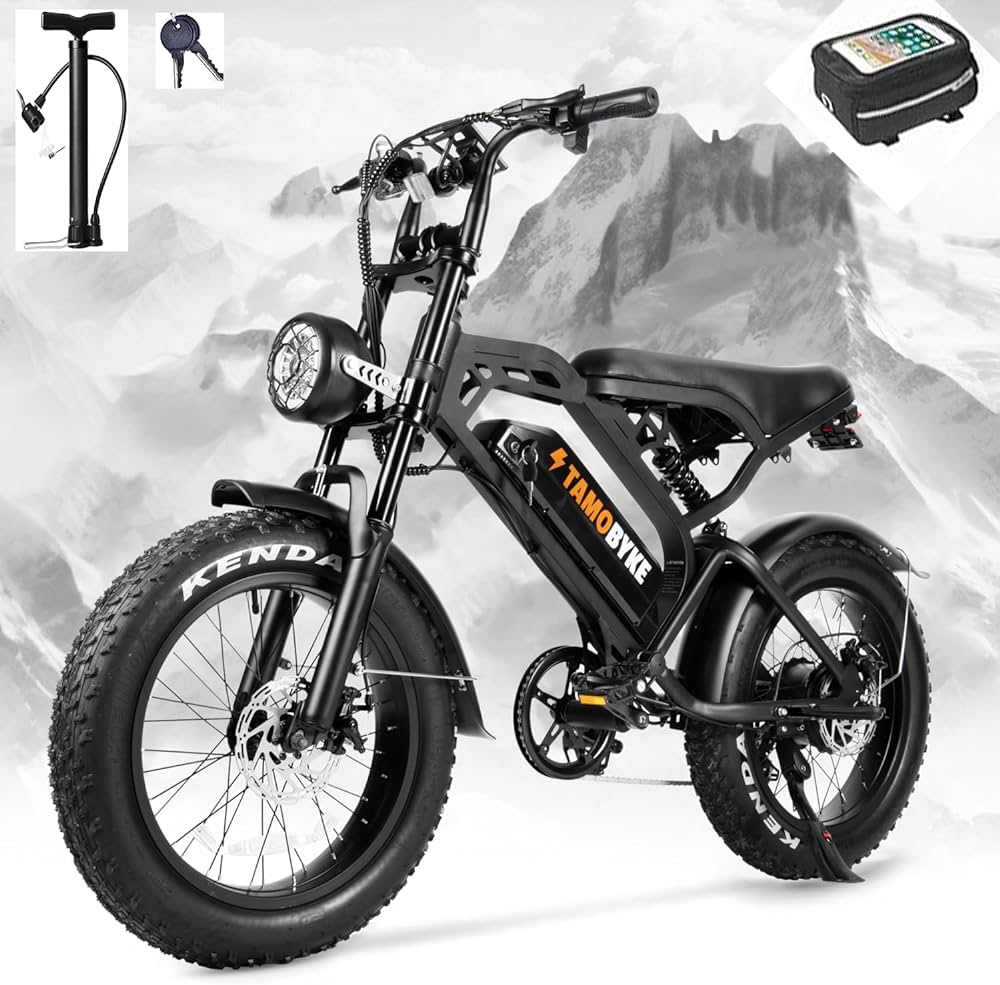
IV. Shifting Technique Considerations
-
Timing of Shifting:
- Proper timing is crucial for smooth gear changes. Aim to shift gears when the engine’s RPM (revolutions per minute) is within the ideal power range. This range varies for each motorcycle model and is often indicated in the owner’s manual. Shifting within this range maximizes acceleration and prevents engine strain.
-
Smooth and Predictable Inputs:
- Applying smooth and predictable inputs is essential for effective shifting. Gradually release the clutch while adjusting the throttle to match the engine speed. Avoid sudden clutch releases or throttle adjustments, as they can lead to jerky gear engagement or loss of control.
-
Matching Road Speed:
- When shifting gears, it’s important to match the road speed with the gear selection. Lower gears provide more torque and are suitable for lower speeds, while higher gears are intended for cruising at higher speeds. Properly matching the road speed to the gear improves engine performance, fuel efficiency, and overall riding comfort.
V. Practicing and Refining Your Shifting Technique
-
Familiarize Yourself with the Bike:
- Each motorcycle has its unique shifting characteristics, so spend time getting acquainted with your specific motorcycle. Practice shifting gears in a controlled environment to familiarize yourself with the feel and positioning of the gear shift lever and clutch.
-
Start with Low Gear Changes:
- When first learning to shift, focus on shifting between lower gears. This allows you to become comfortable with clutch control, throttle coordination, and the overall mechanics of shifting.
-
Gradually Progress to Higher Gears:
- As your confidence and skill improve, practice shifting to higher gears. Gradually increase your speed and gain a better understanding of the ideal engine RPM for each gear.
-
Ride in Different Riding Conditions:
- To further refine your shifting technique, practice riding in a variety of conditions, such as uphill and downhill gradients, stop-and-go traffic, and varying road surfaces. Each scenario will present different challenges that will help you develop versatility in your shifting skills.
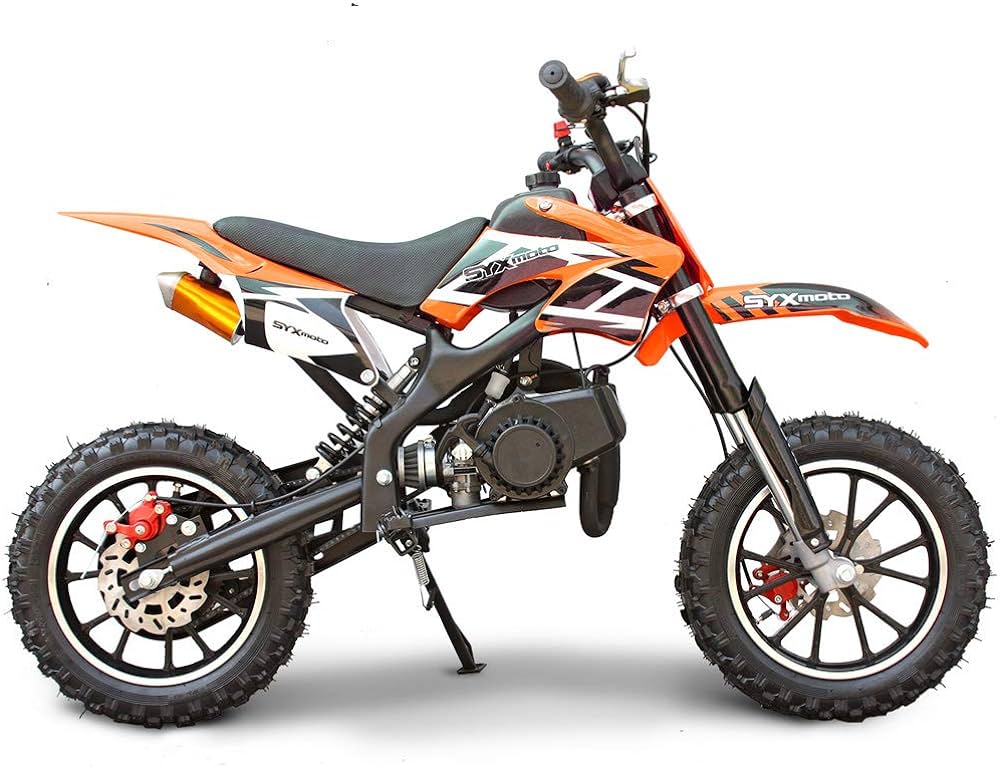
VI. Safety Considerations and Additional Tips
-
Wear Appropriate Protective Gear:
- Prioritize your safety by wearing proper protective gear, including a helmet, gloves, riding jacket, pants, and boots. Protective gear provides essential protection in the event of an accident or fall.
-
Stay Focused and Alert:
- Concentration and situational awareness are vital when riding a motorcycle. Stay focused on the road ahead, observe traffic conditions, and anticipate potential hazards to ensure a safe riding experience.
-
Use Your Clutch Wisely:
- While learning to shift gears, it’s important to use the clutch effectively. Practice finding the friction point and gradually releasing the clutch to smoothly engage the gear. With time and practice, you will develop a feel for the clutch and become more proficient in gear changes.
-
Maintain a Regular Maintenance Schedule:
- Ensure your motorcycle is well-maintained by following the manufacturer’s recommended maintenance schedule. Regular inspections of the clutch, gear shift linkage, and transmission will help prevent any issues that may affect shifting performance.
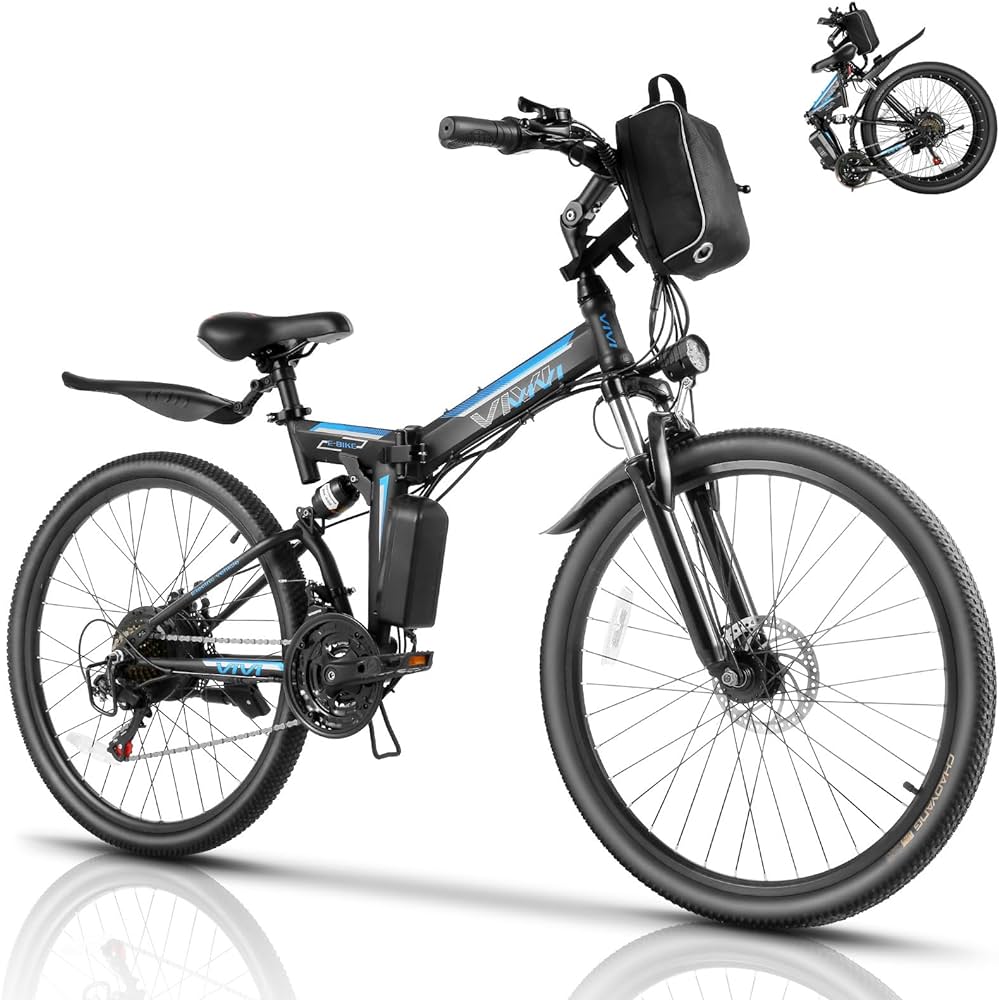
VII. Conclusion: Mastering the Art of Motorcycle Shifting
Mastering motorcycle shifting is a fundamental skill that contributes to a safe and enjoyable riding experience. By understanding the basics of clutch control and gear engagement, and by practicing smooth shifting techniques, you can confidently shift gears on your motorcycle, enhancing your control and overall riding comfort.
Remember to focus on timing, use smooth and predictable inputs, and match the road speed to the appropriate gear selection. Refine your shifting skills through regular practice and exposure to different riding conditions.
With time, patience, and dedication to honing your shifting technique, you will become a proficient rider, seamlessly transitioning through gears and navigating various terrains with confidence and ease. Enjoy the journey and happy shifting!

